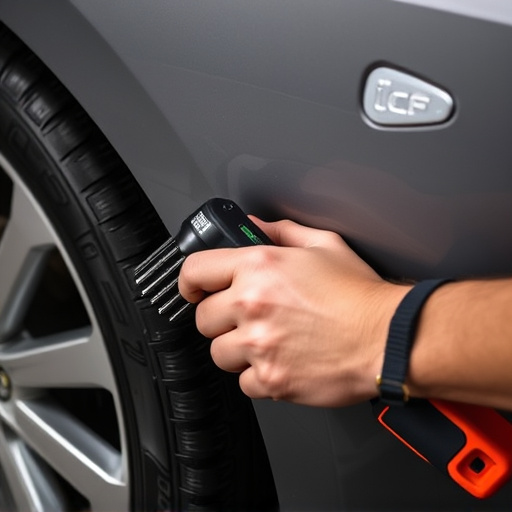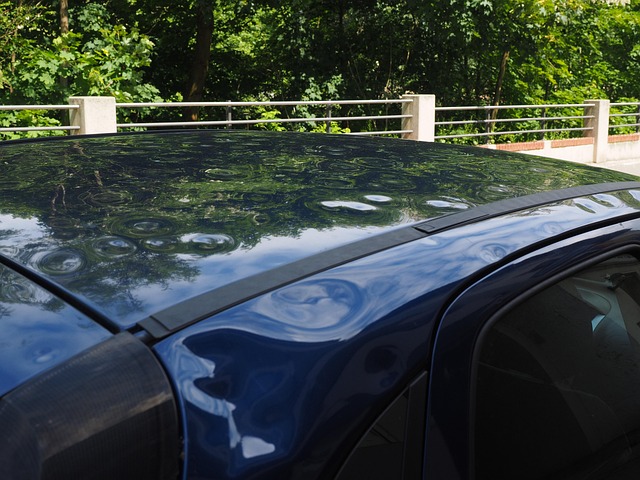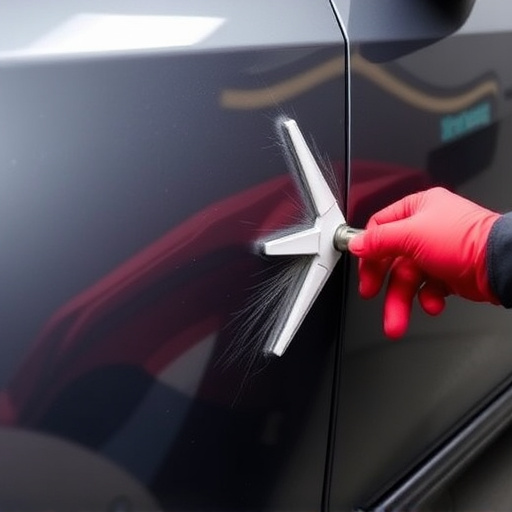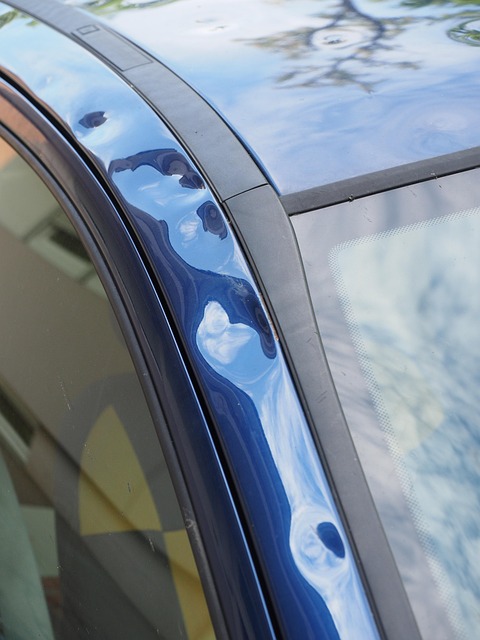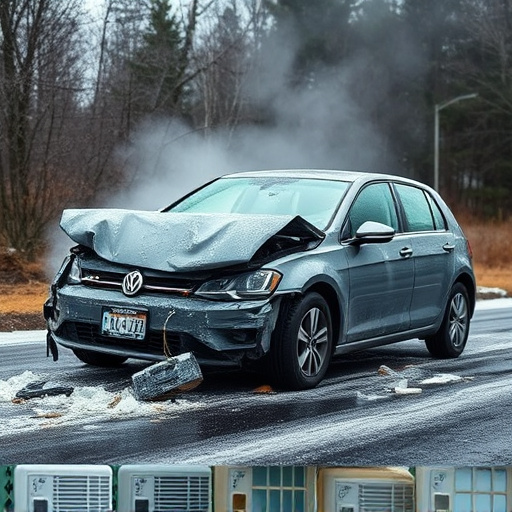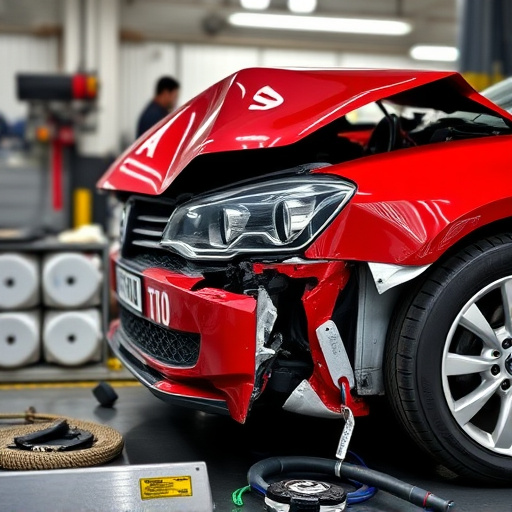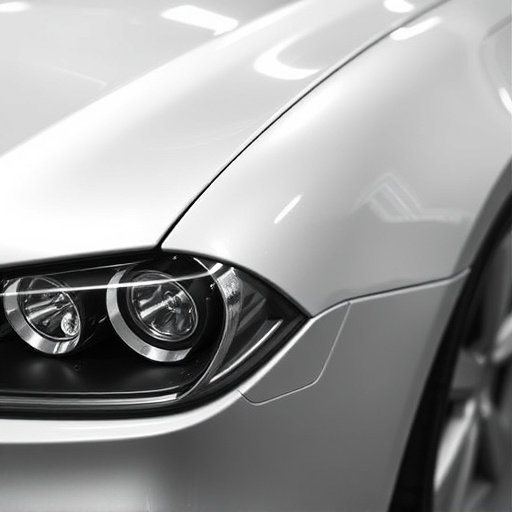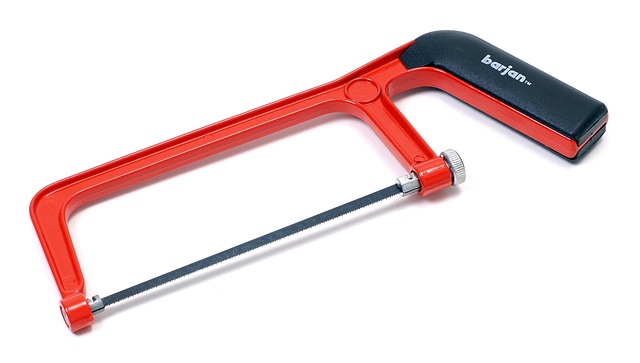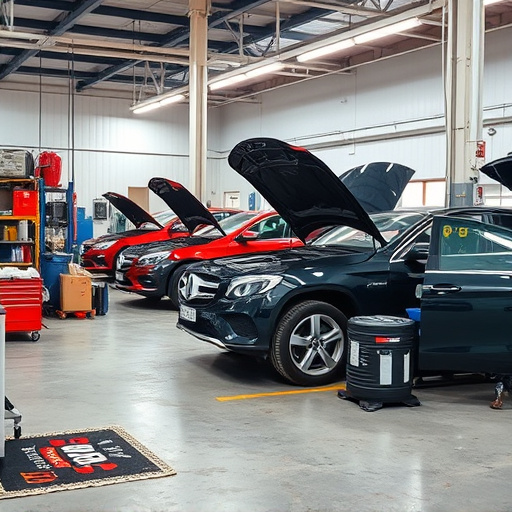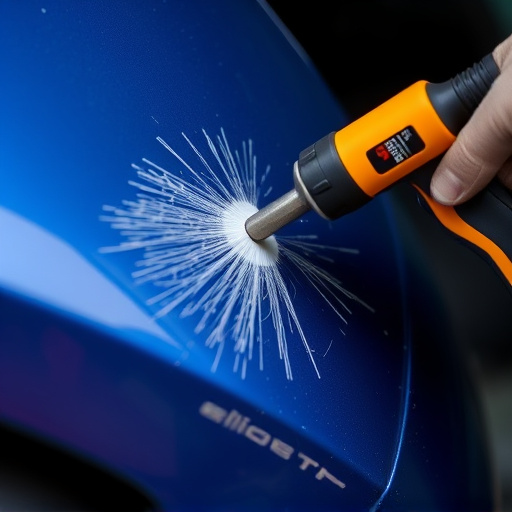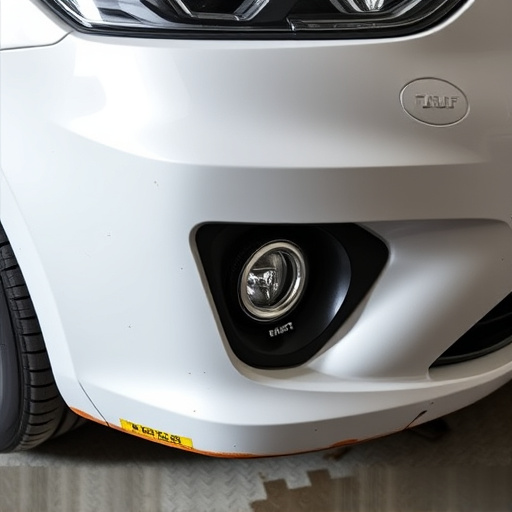Aluminum and steel panels in vehicles are susceptible to dents with varying repair costs. Aluminum dents, easily reparable, have lower labor costs due to its lightness. Steel dents, more complex to fix, involve specialized tools and higher labor expenses. Understanding dent repair cost factors like damage extent, part availability, and accessibility helps car owners make informed decisions regarding collision repair, navigating insurance claims effectively based on material-specific pricing disparities.
“Uncover the secrets behind repairing automotive dents, specifically focusing on aluminum and steel panels. This comprehensive guide breaks down the factors affecting dent repair costs, offering a clear understanding of expenses for each material type. From initial assessment to final restoration, learn how variables like panel complexity, location, and shop rates influence pricing. By comparing aluminum vs steel panel repairs, drivers can make informed decisions, ensuring cost-effective and quality dent correction.”
- Understanding Aluminum and Steel Panel Damage
- Factors Influencing Dent Repair Costs
- Comparison: Aluminum vs Steel Panel Repair Expenses
Understanding Aluminum and Steel Panel Damage
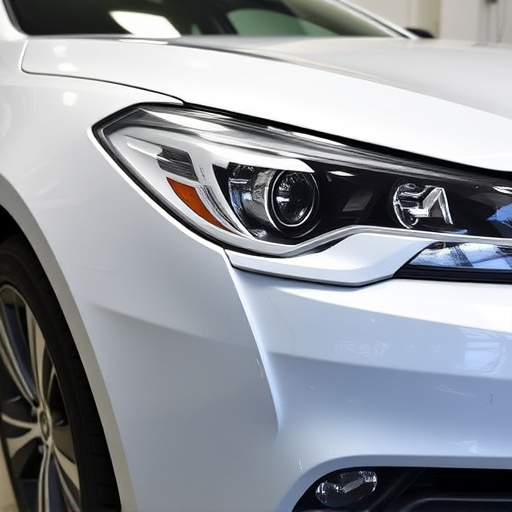
Aluminum and steel panels are commonly used in vehicle manufacturing due to their durability and lightweight properties. However, these materials can still sustain damage from minor bumps and collisions, leading to dents that require professional attention. Understanding the nature of this damage is crucial when considering dent repair costs for each material.
In the case of aluminum panels, dents often result from high-pressure impacts or accidental strikes. These can leave permanent marks, but modern dent repair techniques offer cost-effective solutions without compromising the panel’s structural integrity. On the other hand, steel panels are more susceptible to deep and jagged dents due to their higher density. Auto glass repair for steel cars might involve more complex processes, including panel replacement, which can significantly impact the overall dent repair cost. Vehicle body shops specializing in car paint services for both materials employ various methods, from simple puffing and filling to more intricate laser technology, to restore these panels to their original condition, ensuring your vehicle looks as good as new while considering your budget.
Factors Influencing Dent Repair Costs
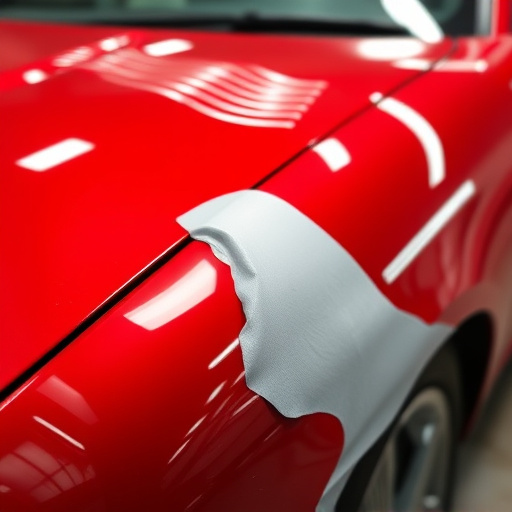
Several factors play a significant role in determining the dent repair cost for both aluminum and steel panels. One of the primary considerations is the extent of the damage, which can range from minor dents and dings to severe creases and bulges. The complexity of the repair process increases with more substantial damage, impacting the overall cost. Additionally, the availability and cost of replacement parts vary between materials; aluminum panels might require specialized repairs or replacements due to their unique properties, which can add to the expense.
Another crucial aspect is the location and accessibility of the dent. Hard-to-reach areas may necessitate more sophisticated tools and techniques, thereby elevating the labor costs. Moreover, body shop services often factor in overhead expenses such as rent, equipment maintenance, and employee salaries, which contribute to the final dent repair cost. Understanding these variables can help car owners make informed decisions when considering automotive collision repair or automotive restoration for their vehicles.
Comparison: Aluminum vs Steel Panel Repair Expenses
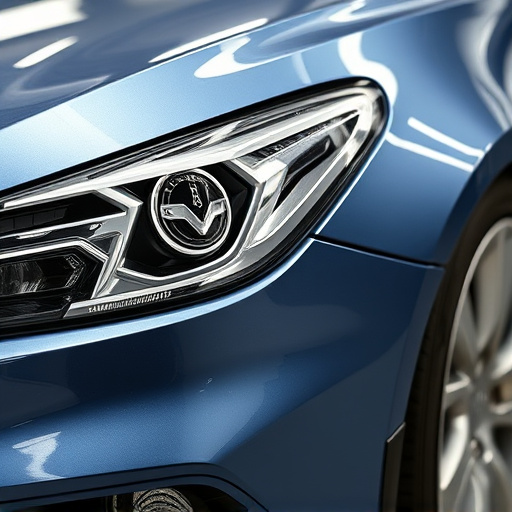
When comparing dent repair costs for aluminum versus steel panels, it’s evident that each material presents unique challenges and price points. Aluminum is inherently lighter and more flexible than steel, which makes it easier to work with during the repair process. This ease of manipulation often translates to lower labor costs, making aluminum repairs relatively more affordable. On the other hand, steel panels are known for their strength and durability but also demand more intensive labor due to their rigidity. This increased workload directly impacts the overall dent repair cost for steel vehicles.
Furthermore, while aluminum dents tend to pop out more easily, allowing for less intricate removal techniques, steel dents often require specialized tools and methods for effective dent removal. The complexity of these repairs can significantly influence the final vehicle repair bill. As a result, car collision repair services for steel vehicles may charge higher rates compared to aluminum panel repairs, which can help drivers navigate their insurance claims more effectively.
When considering the dent repair cost for aluminum or steel panels, understanding the unique characteristics of each material is key. After examining the factors influencing repair expenses, it’s clear that both options have their merits and costs. Aluminum repairs often involve less labor due to its easier dent removal process, potentially lowering expenses. However, steel panels might require more intensive repairs, impacting the overall dent repair cost. Ultimately, the choice depends on the specific vehicle, the extent of damage, and personal financial considerations.
